Daniel Arsham’s eroded relics are rooted in classical sculpture
The New York-based artist turns back time for an exhibition of crystallised busts, friezes and sculptures at Galerie Perrotin in Paris
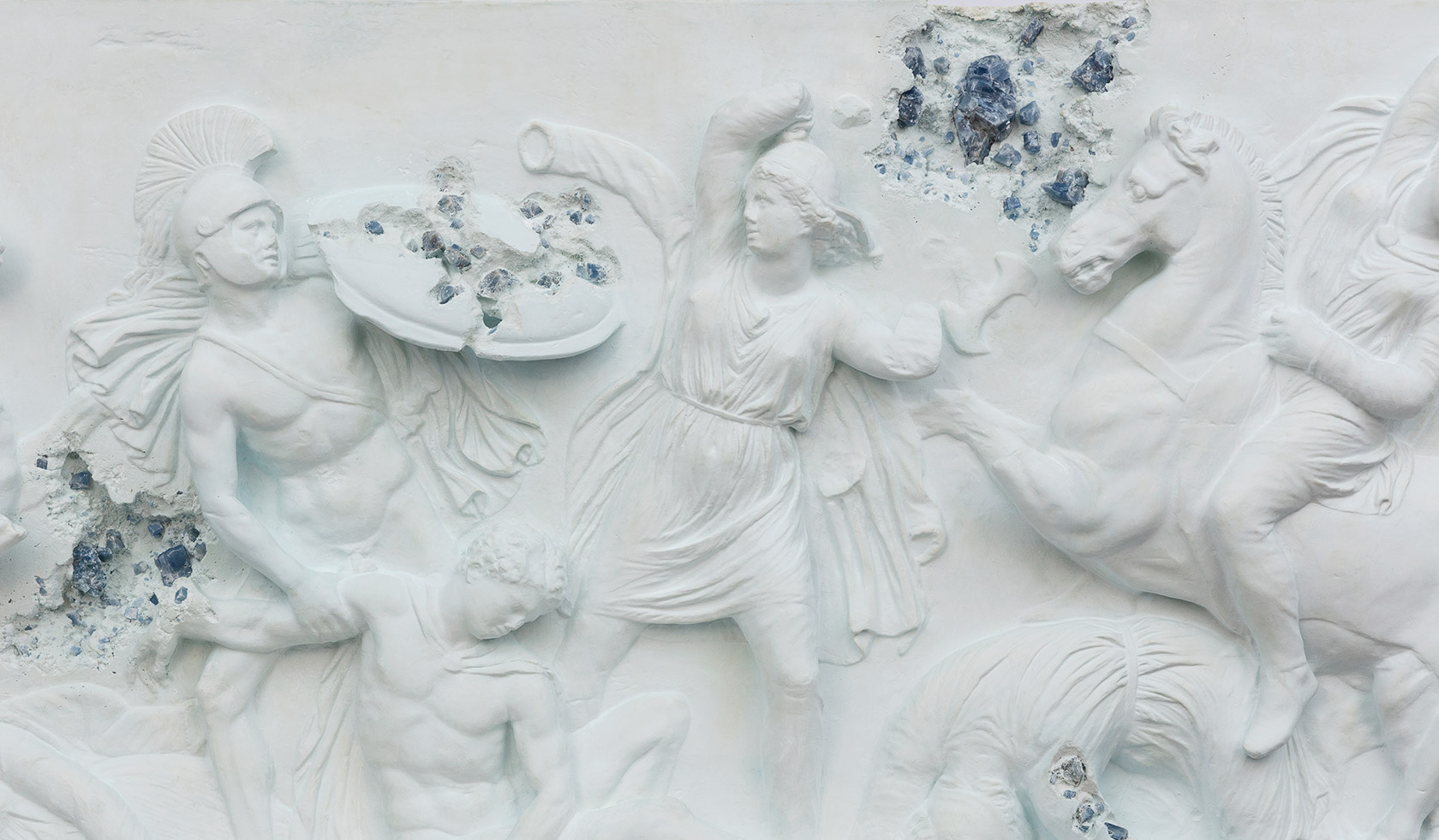
For almost 15 years, American artist Daniel Arsham has recreated iconic cultural items from the 20th and 21st centuries, inviting audiences to see these commodities anew. Using his signature technique, he’s crystallised everything from Walkman cassette players and Sony headphones to Polaroid cameras, Smeg refrigerators and Nike classics.
Such artefacts are recast and reframed, often presented as partially eroded ‘future relics’ that reflect how our culture might be historicised by generations to come. For his current exhibition at Galerie Perrotin in Paris, however, Arsham has stepped back even further into history, leaving behind current and recent cultural movements in favour of those from the 7th century BC up until the early 1800s.
‘The idea to work with sculptures from classical antiquity came two years ago when I was in Paris preparing for a project with a museum,’ the New York-based artist explains. ‘I have always been interested in the way that objects move through time, but this is the first time I’m working with classical and ancient objects.’ To that end, the exhibition at Perrotin includes a series of large-scale busts, friezes and sculptures cast from the originals.
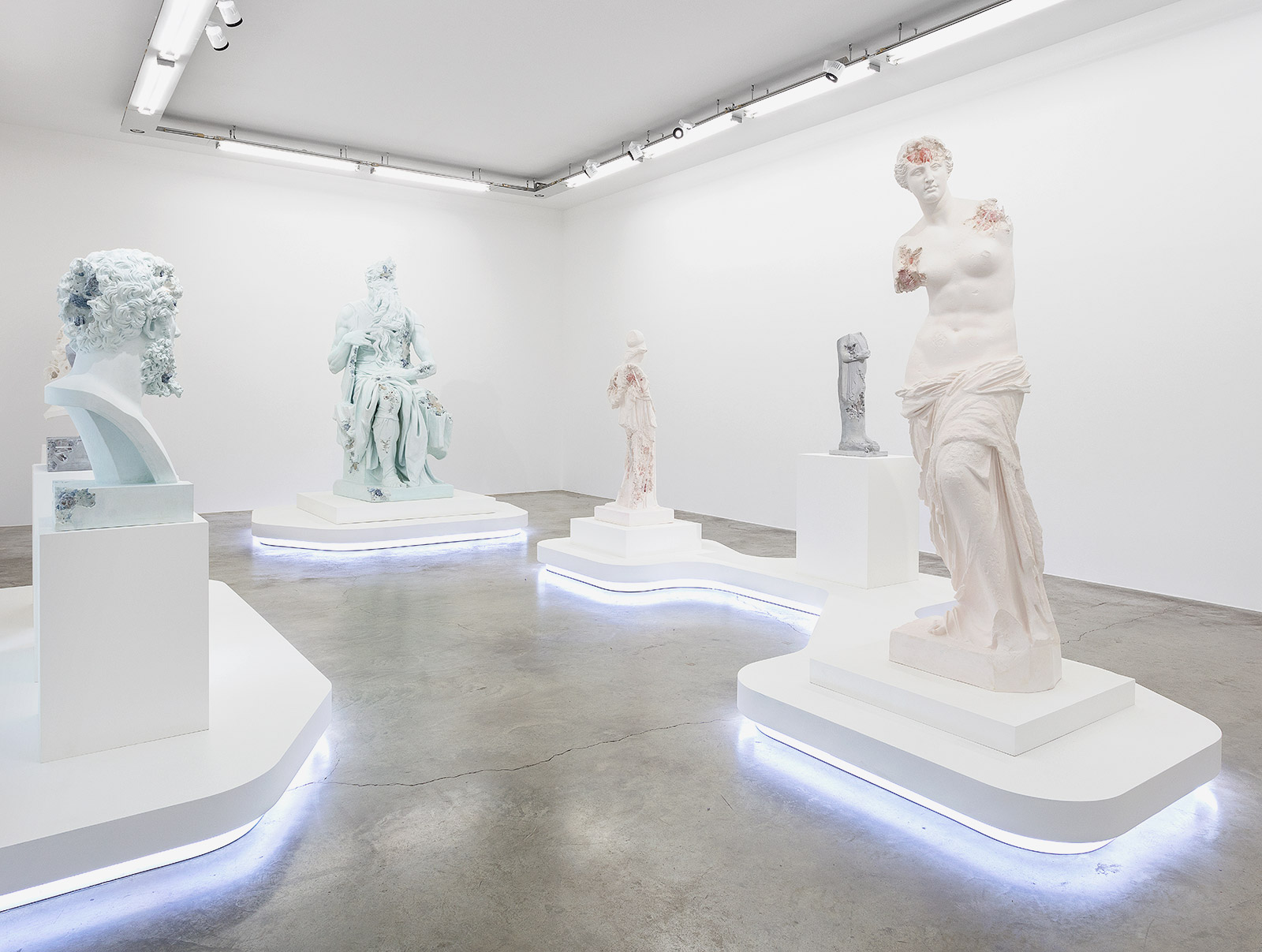
Installation view of ‘Paris, 3020’ at Perrotin. © The artist. Courtesy of Perrotin
We see Michelangelo’s Moses rendered in blue calcite and hydrostone, eroding near his thighs, chest and head. Alexandros of Antioch’s Venus de Milo, realised in white calcite, hews closely to the original – albeit with areas of her head, torso and right knee apparently weathering away. To create these works, Arsham was granted unprecedented access to the Réunion des Musées Nationaux – Grand Palais (RMN), a 200-year-old moulding studio that reproduces masterpieces for several major museums throughout Europe.
RELATED STORY
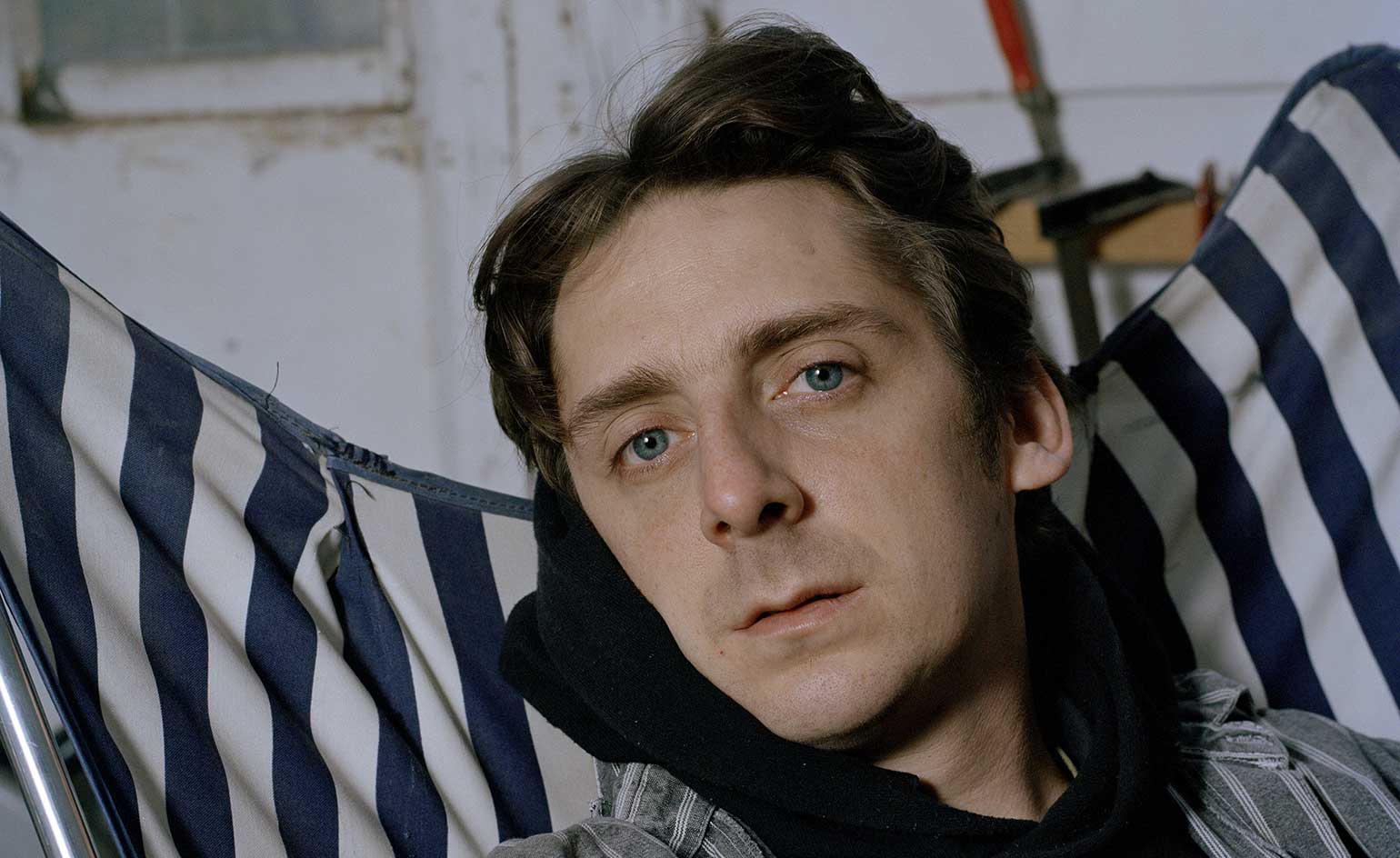
‘The RMN has a selection which includes thousands of moulds of works from antiquity to the Renaissance to neoclassical works,’ says the artist. Arsham sorted through these moulds and selected pieces to reform, a decision often based on two things: ‘one, the kind of historical context around some of these pieces and, two, around the works that were most visually iconic’. Finally, he ensured the pieces would work with his process, which involved recreating them in crystal, volcanic ash and ‘other materials that we associate with the geological time scale’.
The sculptures are presented on pristine plinths, illuminated from underneath by white fluorescent light. Sleek and cool, they are a stark reminder of where we’re standing: not in the Louvre or Acropolis Museum or the Kunsthistorisches Museum, but rather in a contemporary art gallery. The works here could easily be from the past, present or future, a confusion of time that is inherent to Arsham’s work. And just because the source material has changed doesn’t mean his artistic approach has become any different.
‘In general, I like try to create scenarios that allow these works to float in time,’ adds the artist. ‘I treated these [ancient] objects the same way that I would treat an Apple computer or a Jordan sneaker – objects that we associate with a particular era in history. And therefore, these objects can become useful in my project to confuse that history.’
Looking forward, we can expect to see more from the past. ‘I certainly will be engaging further with many of these objects,’ Arsham says. ‘There's a vast trove of moulds of these works that I now have access to, and the project is just beginning.’
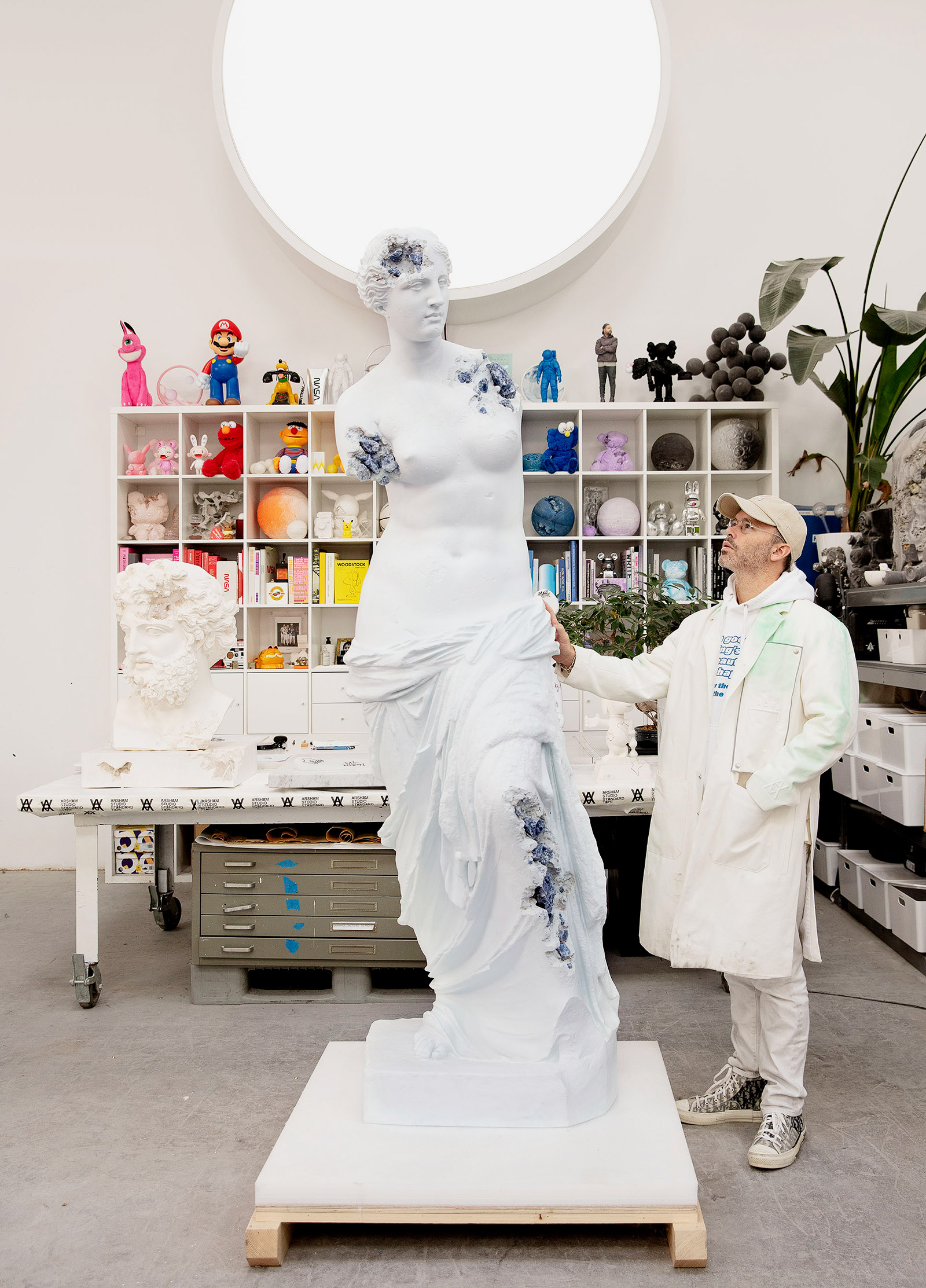
Daniel Arsham in his New York studio. © The artist. Courtesy of Perrotin
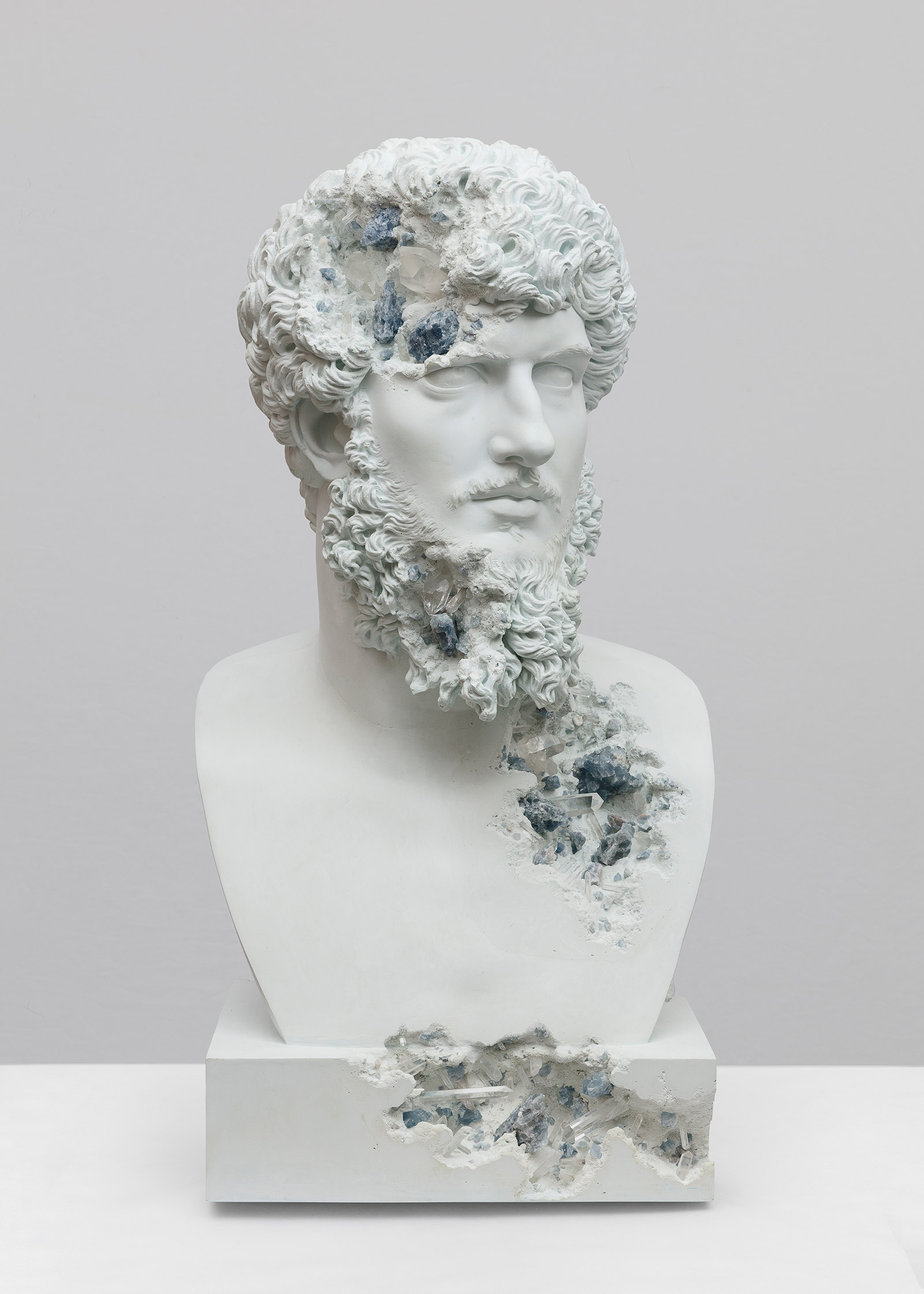
Blue Calcite Eroded Lucius Verus, 2019, by Daniel Arsham, blue calcite, hydrostone.
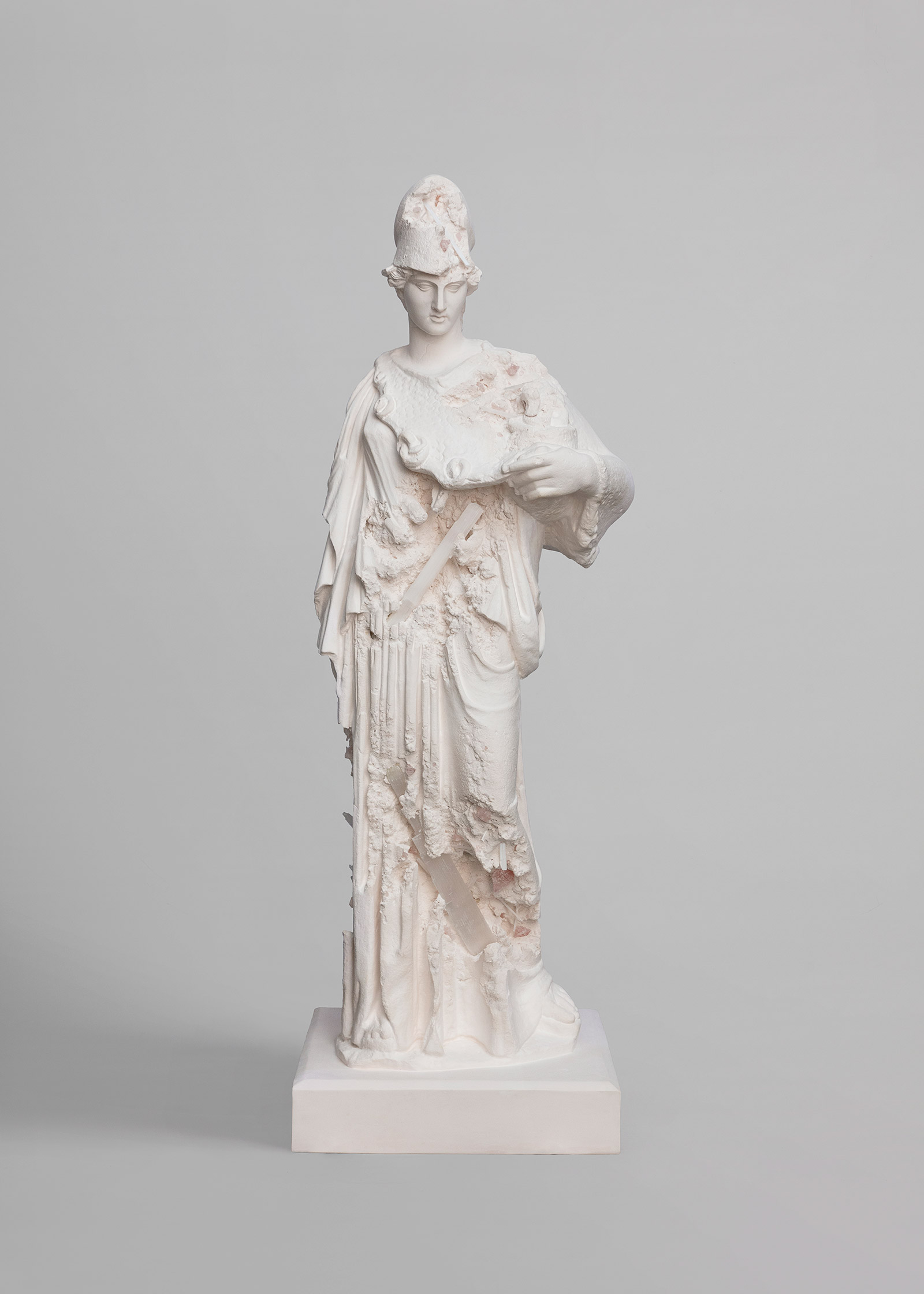
Rose Quartz Eroded Athena Helmeted, 2019, by Daniel Arsham, pink selenite, quartz, hydrostone.
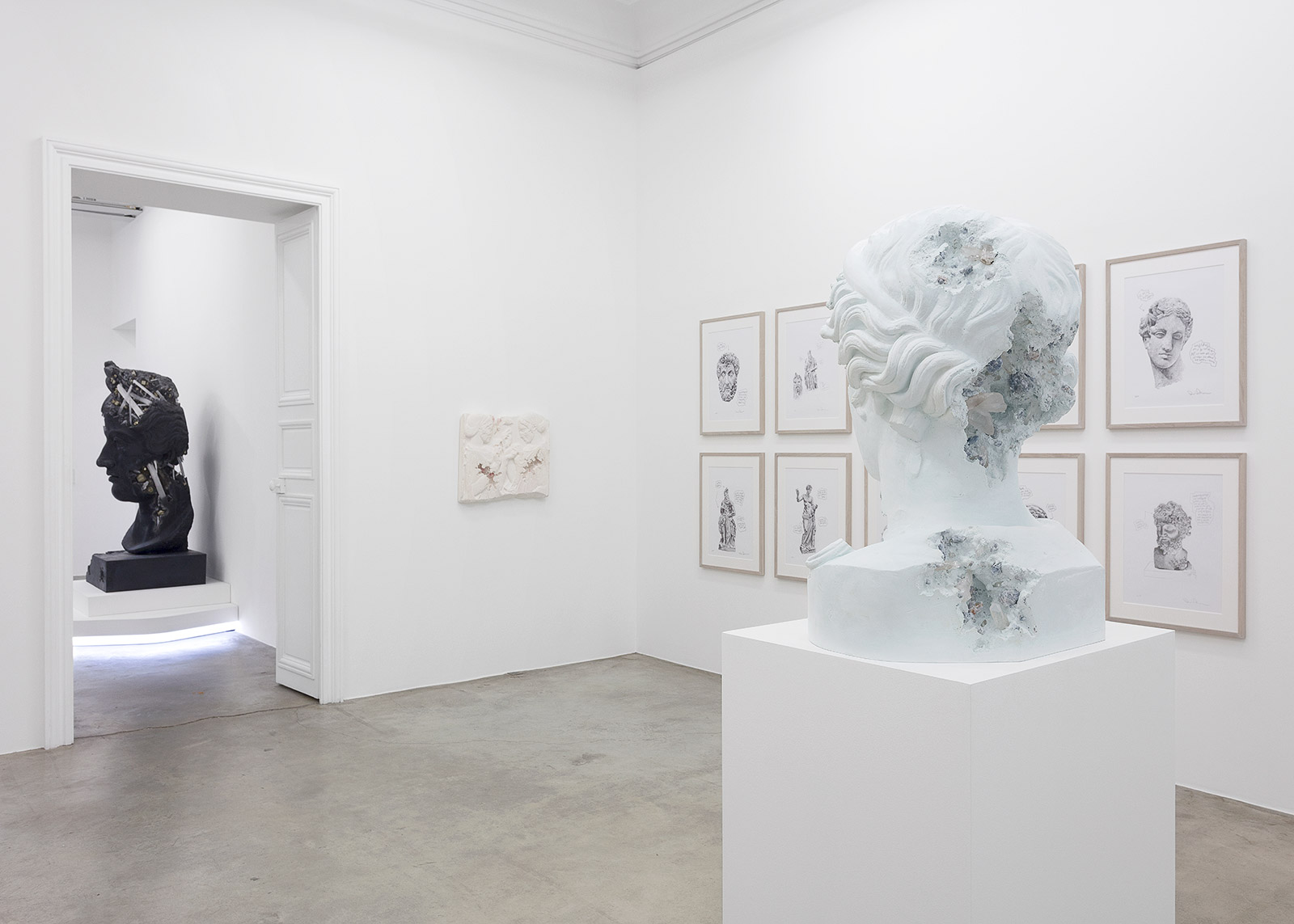
Installation view of ‘Paris, 3020’ at Perrotin. © The artist. Courtesy of Perrotin
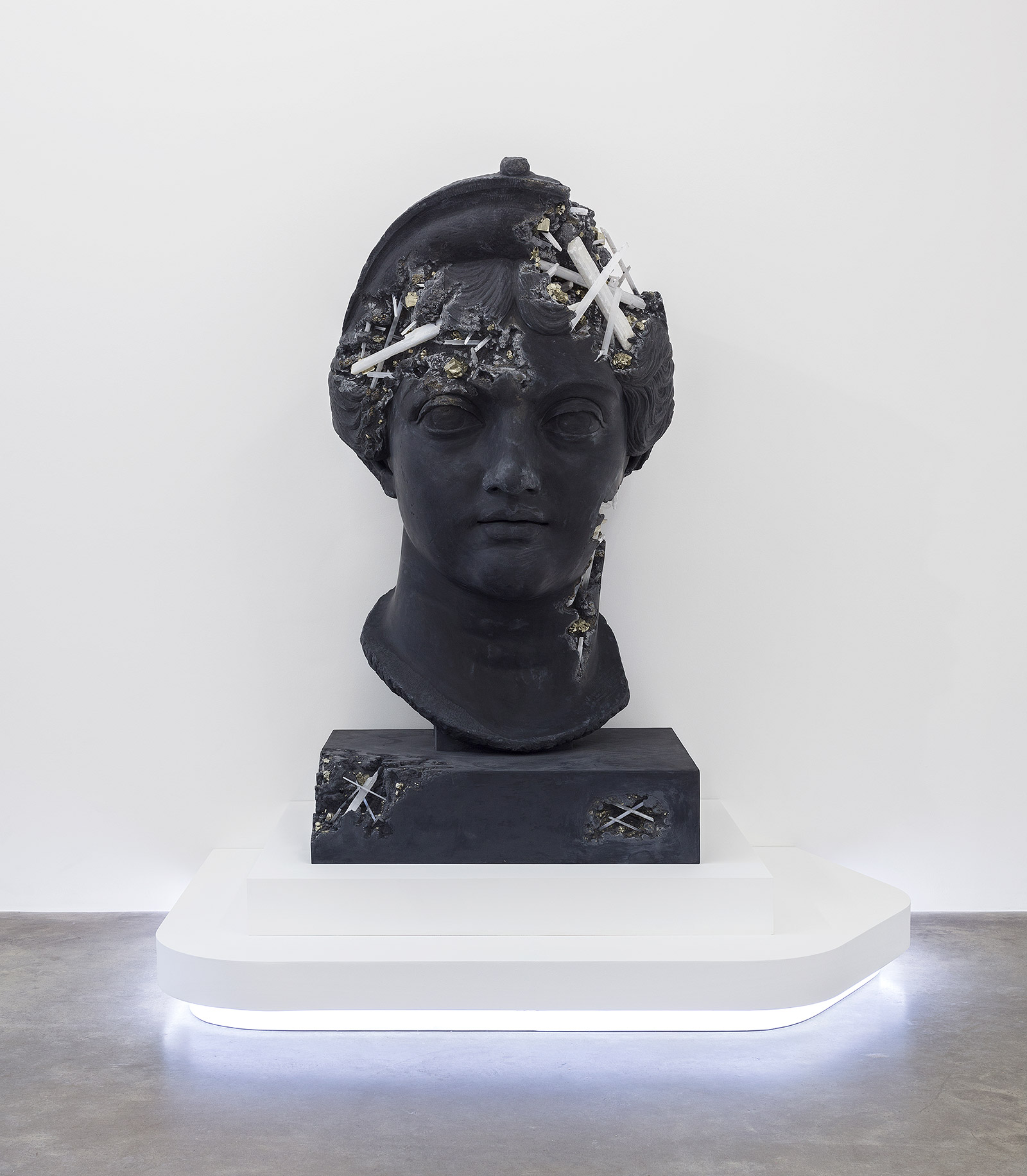
Installation view of ‘Paris, 3020’ at Perrotin. © The artist. Courtesy of Perrotin
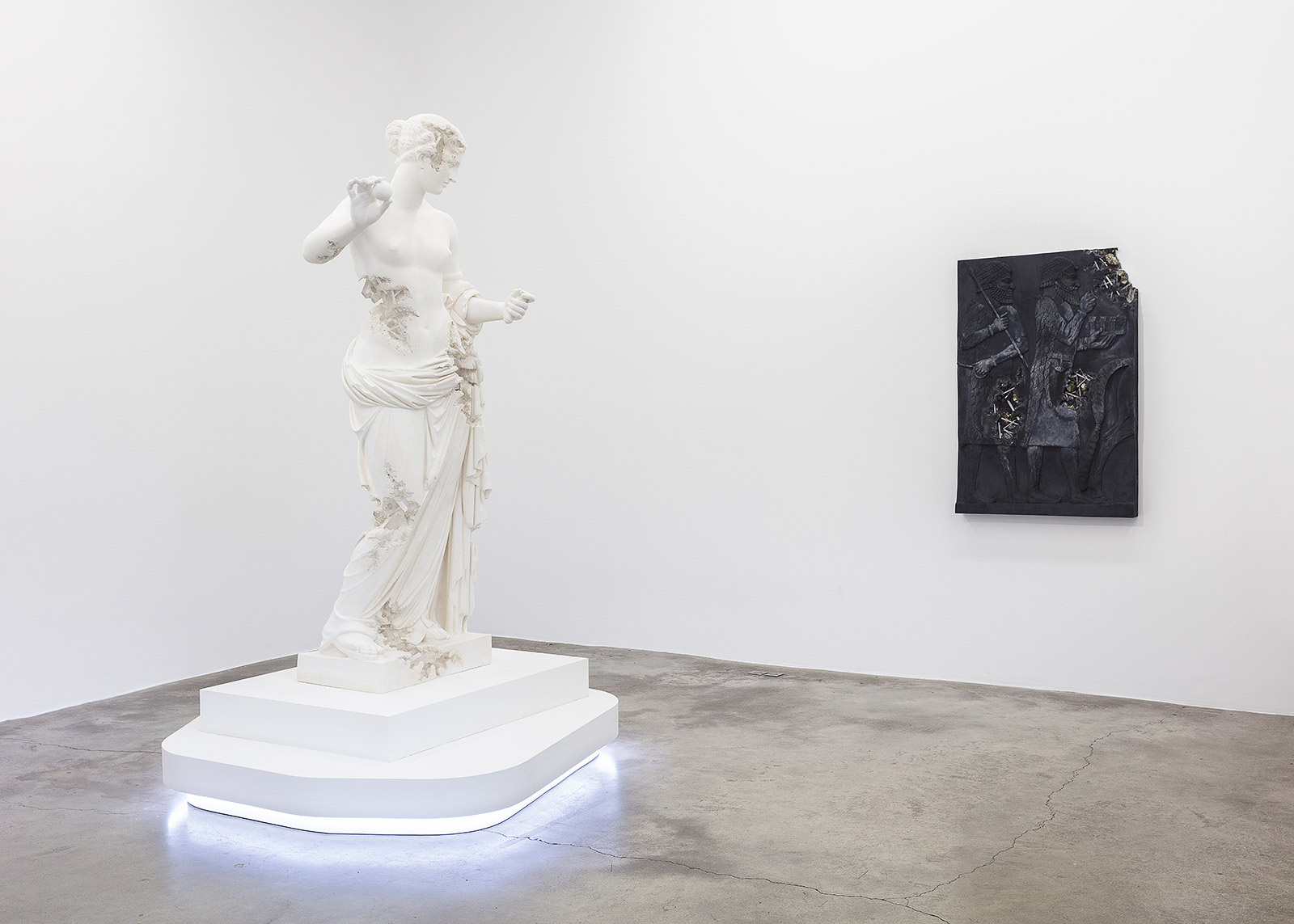
Installation view of ‘Paris, 3020’ at Perrotin. © The artist. Courtesy of Perrotin
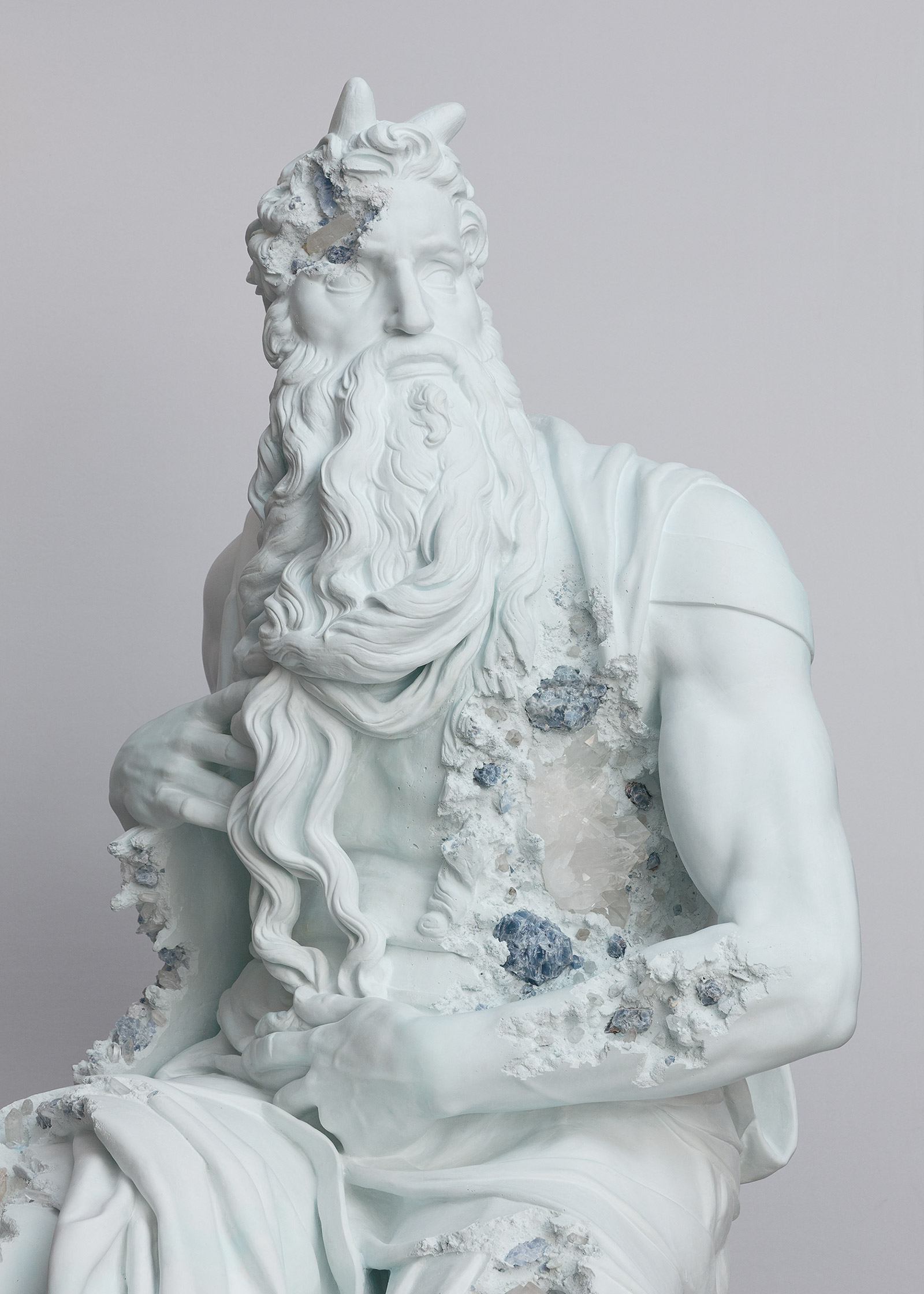
Blue Calcite Eroded Moses (detail) 2019, by Daniel Arsham, blue calcite, hydrostone. © The artist. Courtesy of Perrotin
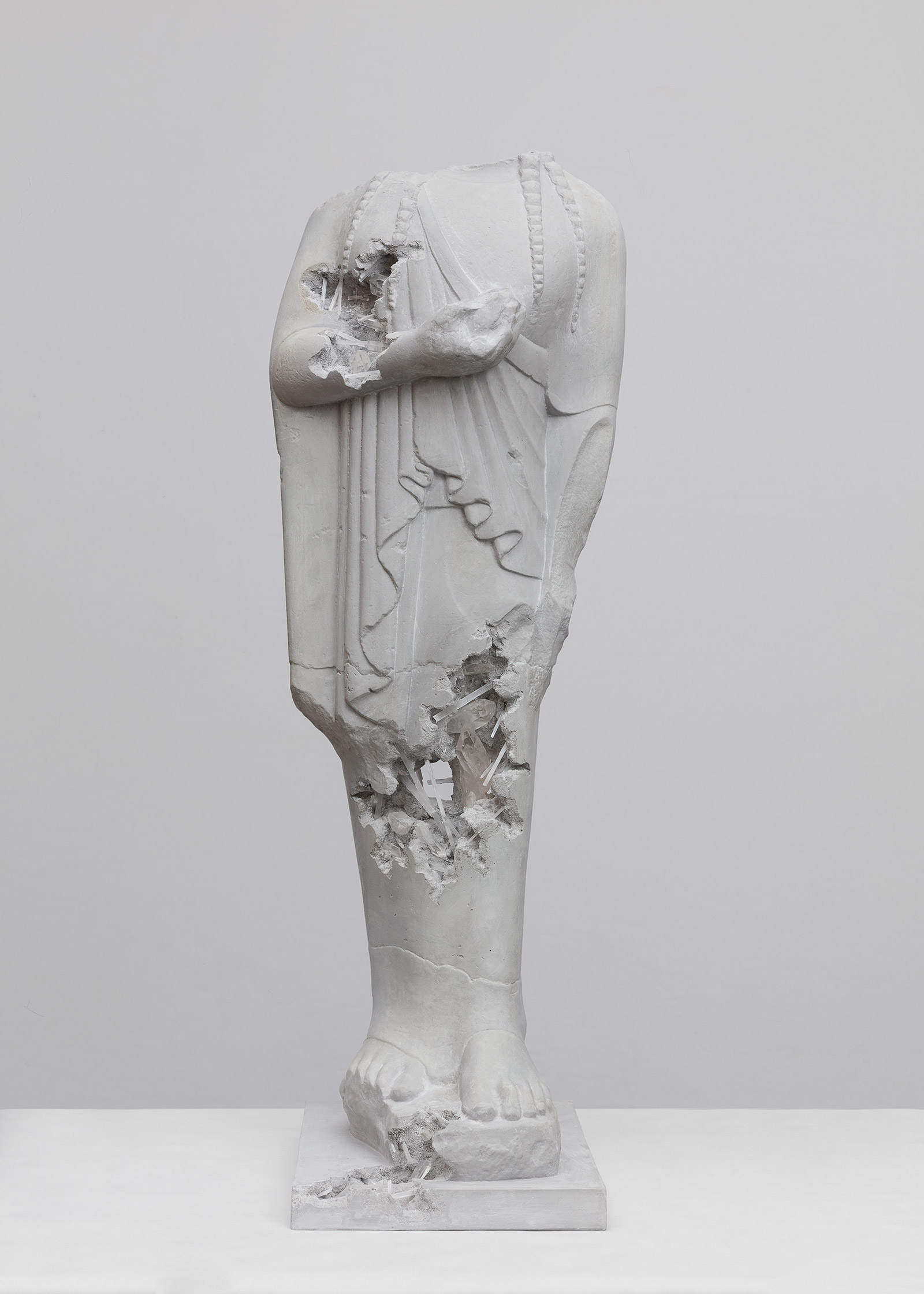
Grey Selenite Eroded Aphrodite or Kore with a bird, 2019, by Daniel Arsham, selenite, quartz, hydrostone.
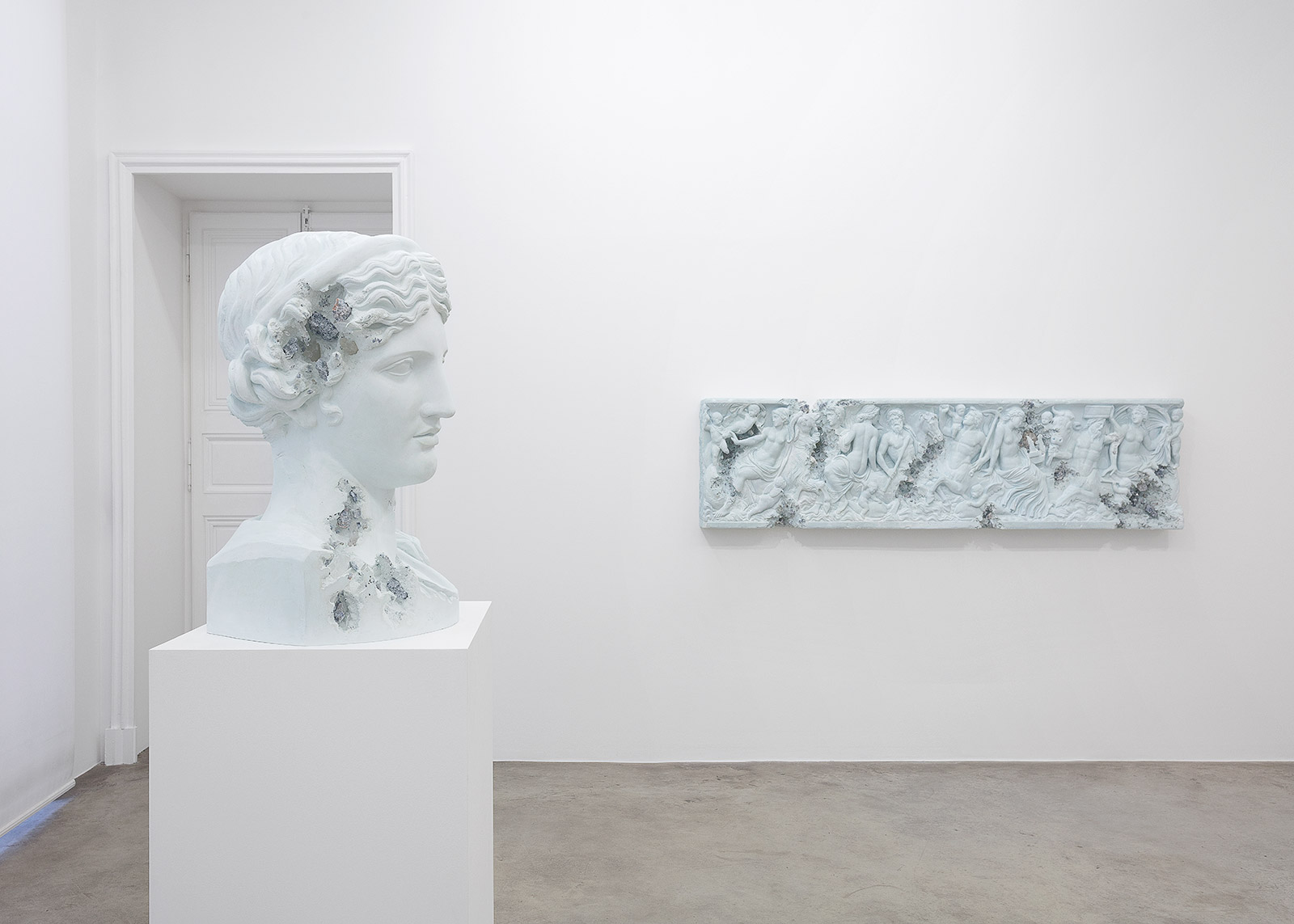
Installation view of ‘Paris, 3020’ at Perrotin. © The artist. Courtesy of Perrotin
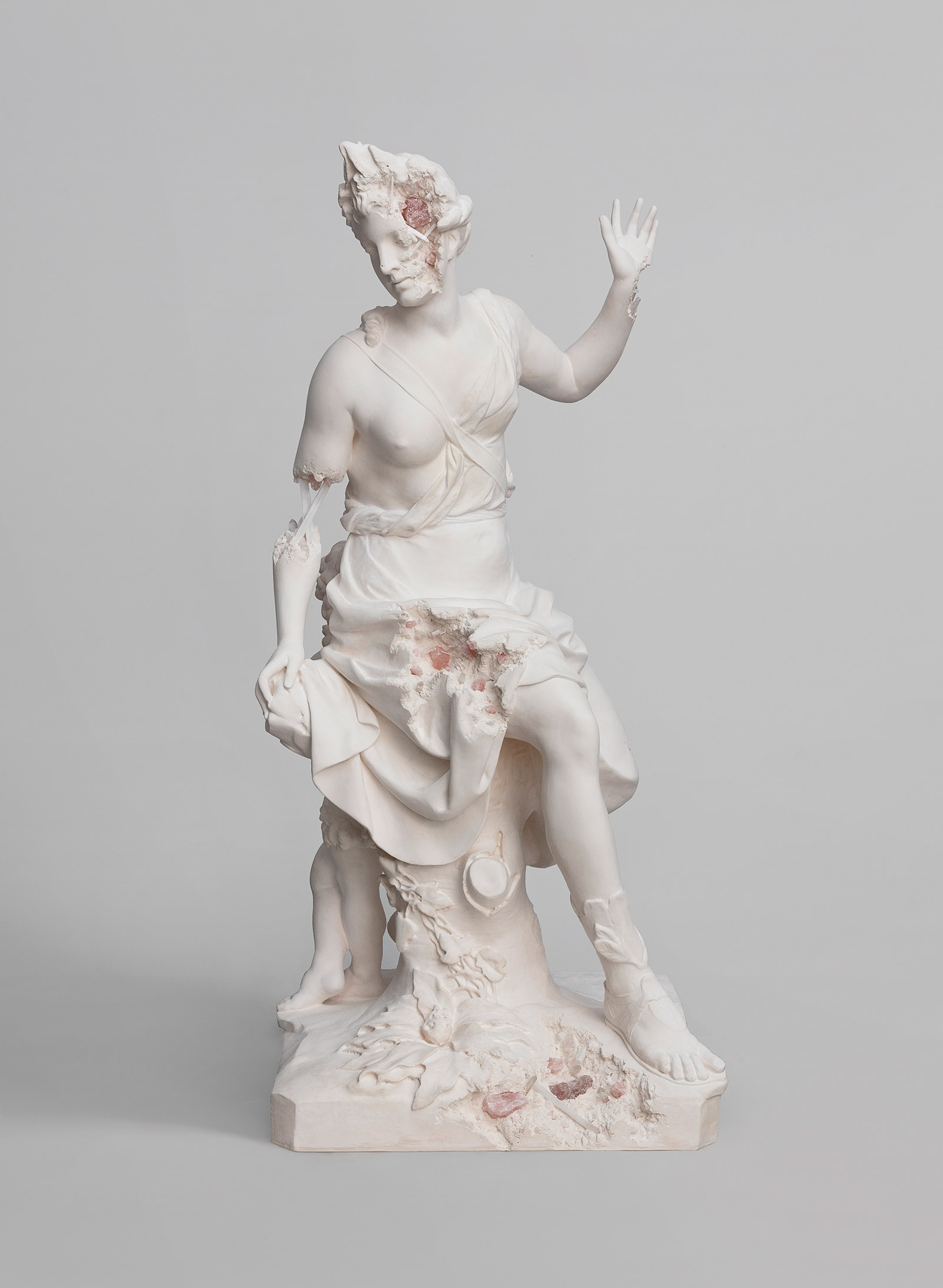
Rose Quartz Eroded Hamadryade, 2019, by Daniel Arsham, pink selenite, quartz, hydrostone. © The artist. Courtesy of Perrotin
INFORMATION
‘Paris, 3020’, 11 January – 21 March, Perrotin. perrotin.com; danielarsham.com
ADDRESS
Perrotin
76 rue de Turenne
75003 Paris
Receive our daily digest of inspiration, escapism and design stories from around the world direct to your inbox.
-
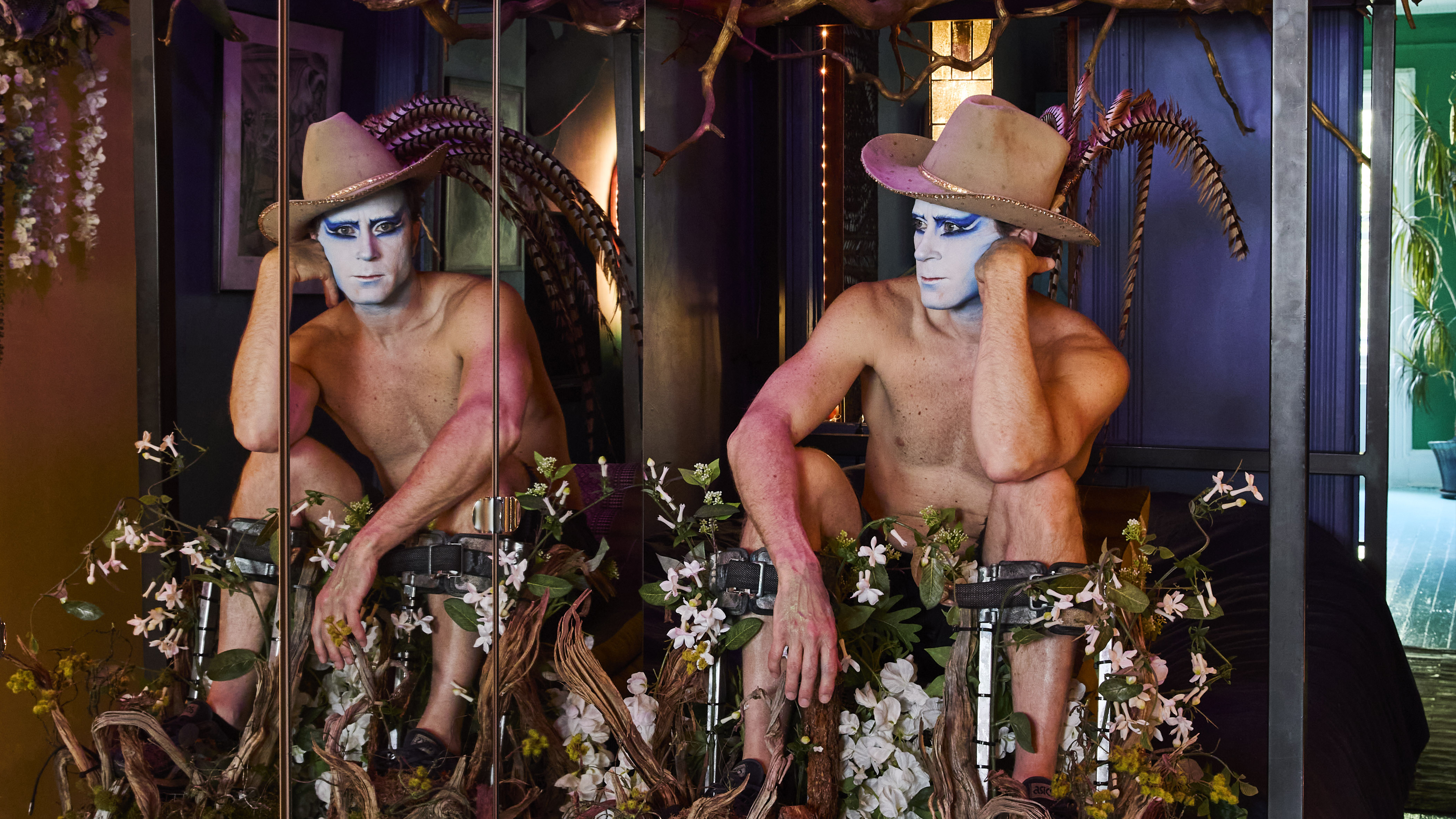 Inside the fantastical world performance artist, Darrell Thorne
Inside the fantastical world performance artist, Darrell ThornePerformance artist Darrell Thorne straddles multiple worlds, telling stories through transformation, reinvention and theatrical excess
-
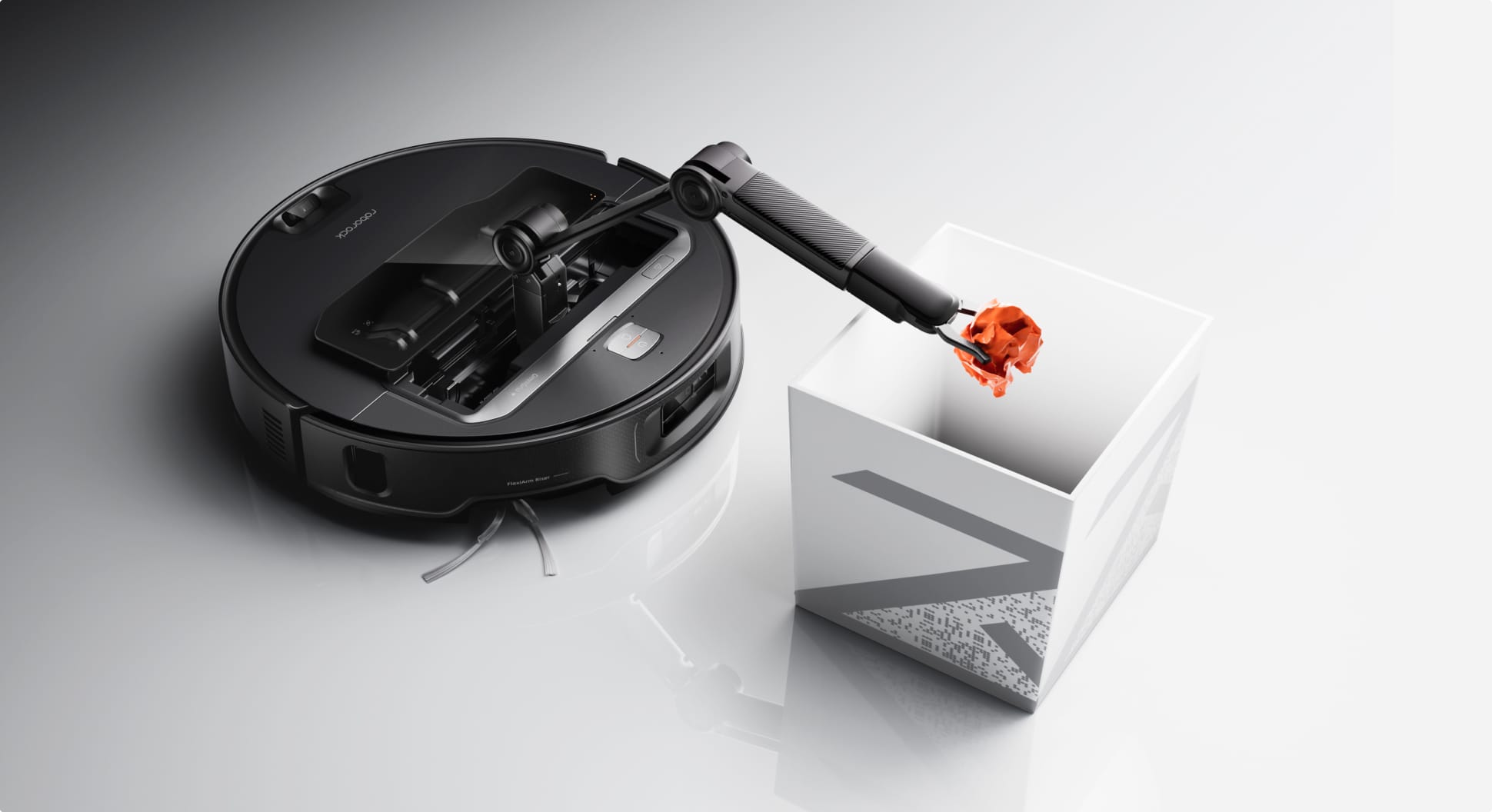 Mostly armless: life with the Roborock Saros S70 and taking a (shallow) step into the future
Mostly armless: life with the Roborock Saros S70 and taking a (shallow) step into the futureThe arm-equipped Roborock Saros Z70 robot vacuum dusts, mops and even cleans up your messy household. So why did it feel like adding a demanding new family member?
-
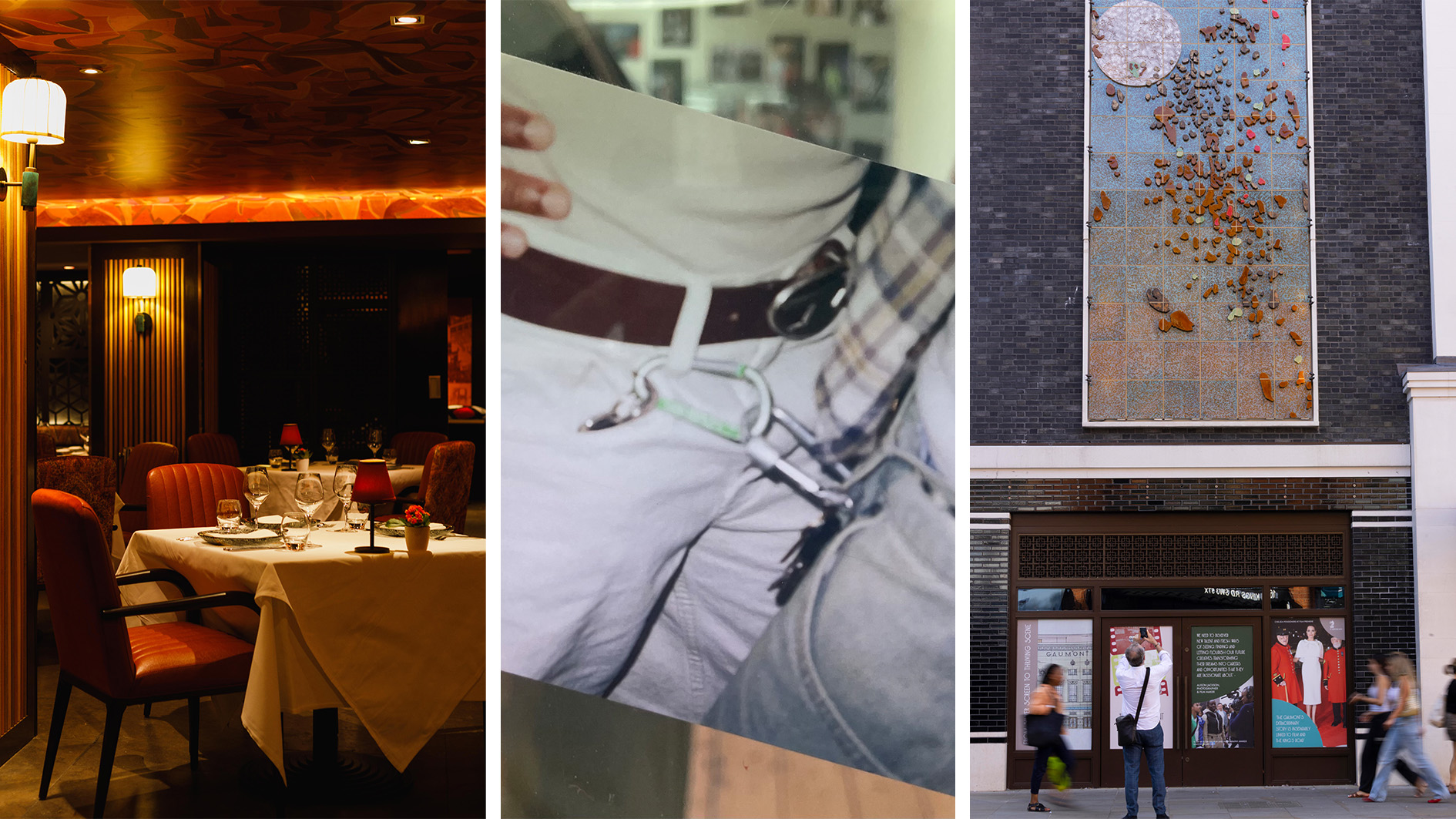 Out of office: the Wallpaper* editors’ picks of the week
Out of office: the Wallpaper* editors’ picks of the weekSummer holidays are here, with Wallpaper* editors jetting off to some exceptional destinations, including highly recommended Mérida in Mexico. Then it’s back to work, or, for one editor, back to school…
-
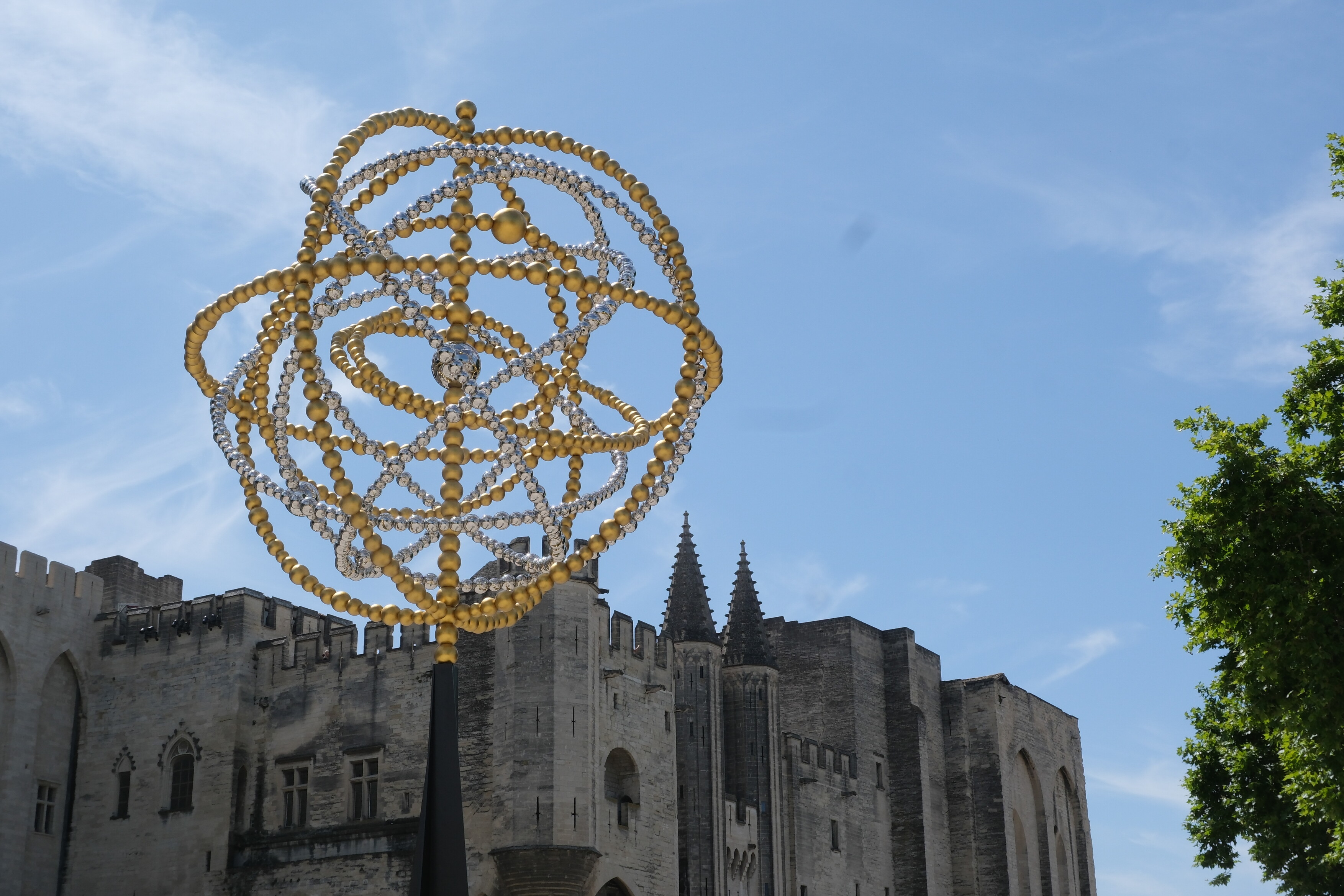 Jean-Michel Othoniel takes over Avignon for his biggest ever exhibition
Jean-Michel Othoniel takes over Avignon for his biggest ever exhibitionOriginally approached by Avignon to mark their 25th anniversary as the European Capital of Culture, Jean-Michel Othoniel more than rose to the challenge, installing 270 artworks around the city
-
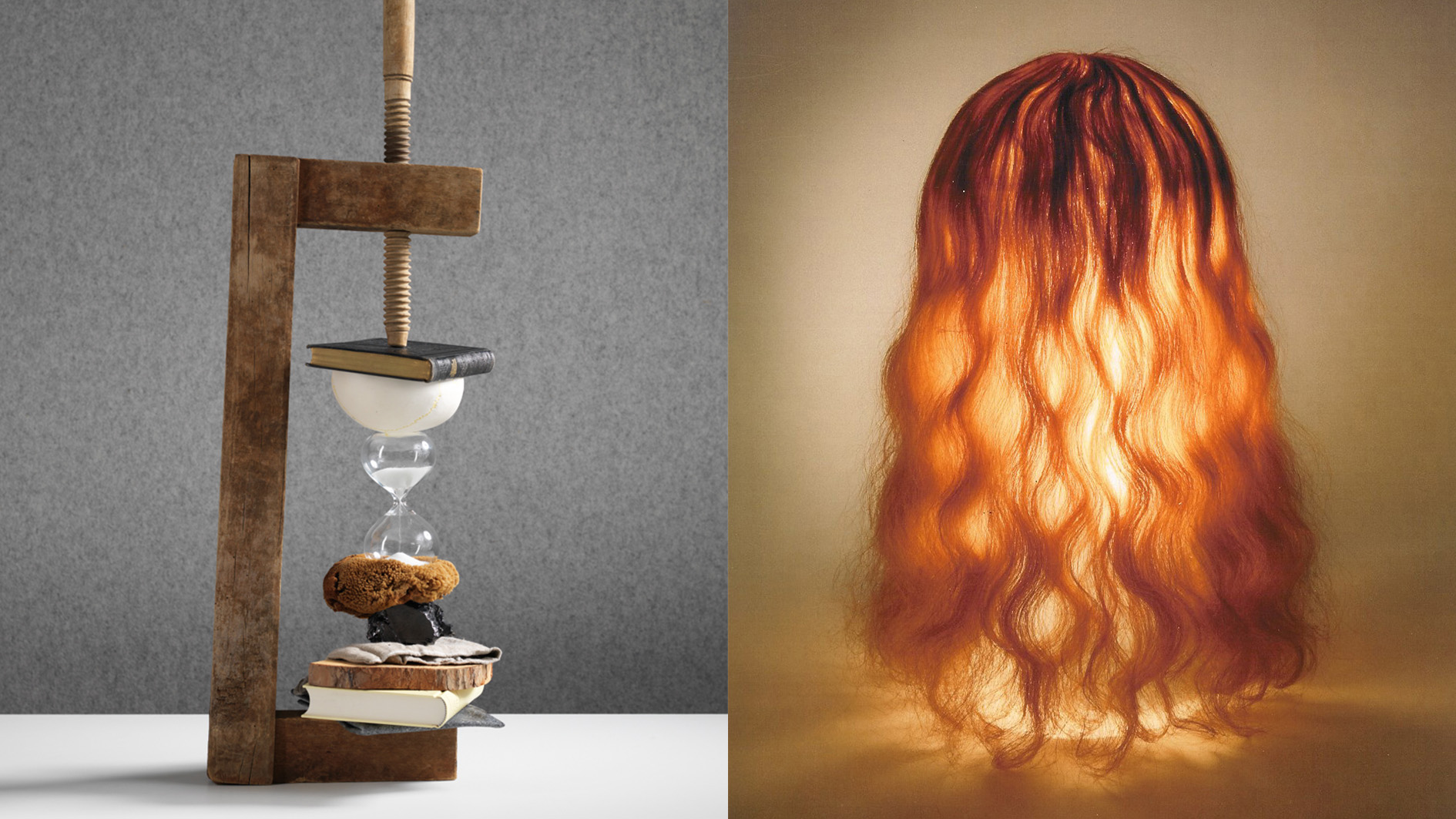 Rolf Sachs’ largest exhibition to date, ‘Be-rühren’, is a playful study of touch
Rolf Sachs’ largest exhibition to date, ‘Be-rühren’, is a playful study of touchA collection of over 150 of Rolf Sachs’ works speaks to his preoccupation with transforming everyday objects to create art that is sensory – both emotionally and physically
-
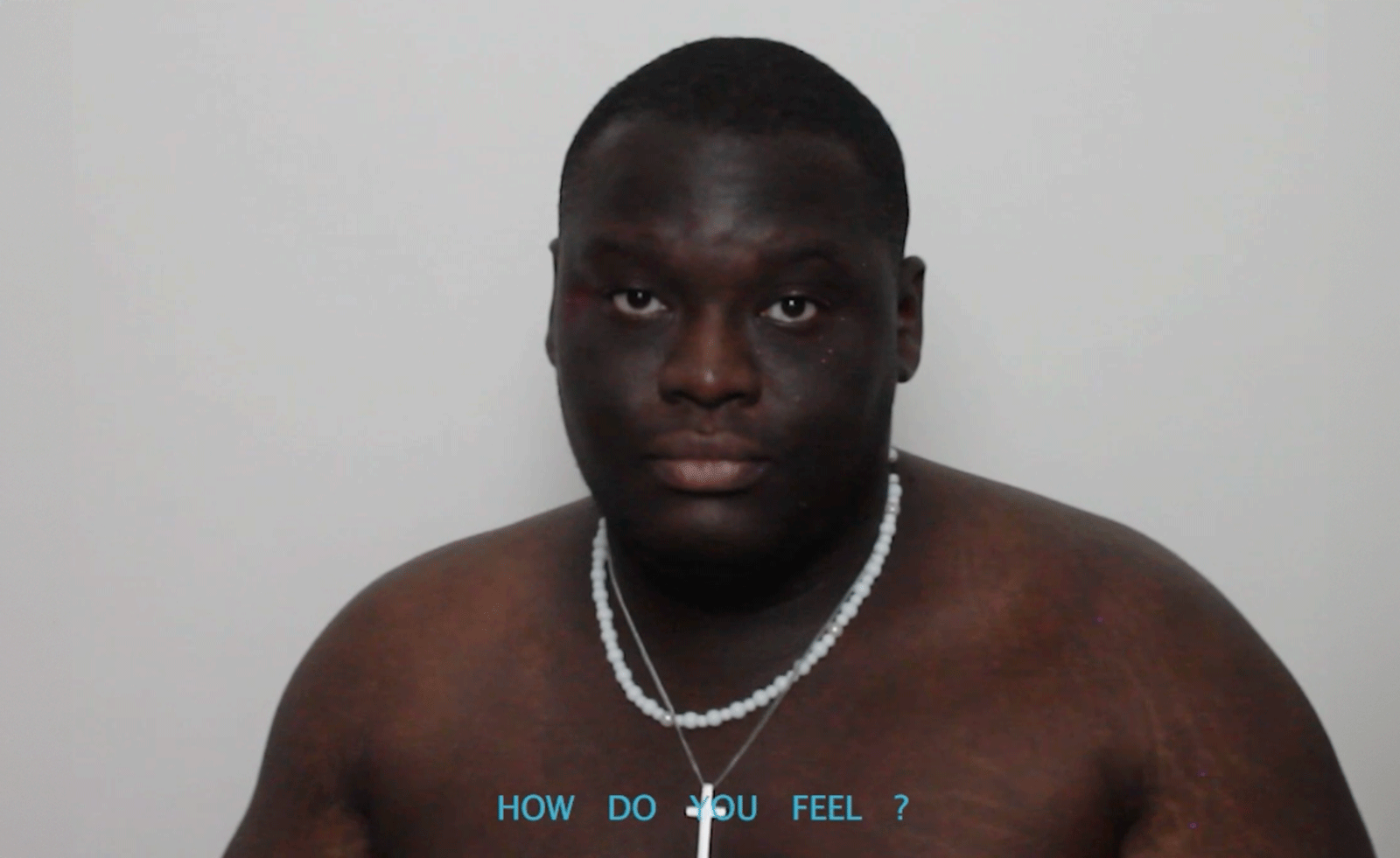 Joel Quayson’s winning work for Dior Beauty at Arles considers the theme ‘Face-to-Face’ – watch it here
Joel Quayson’s winning work for Dior Beauty at Arles considers the theme ‘Face-to-Face’ – watch it hereQuayson, who has won the 2025 Dior Photography and Visual Arts Award for Young Talents at Arles, imbues his winning work with a raw intimacy
-
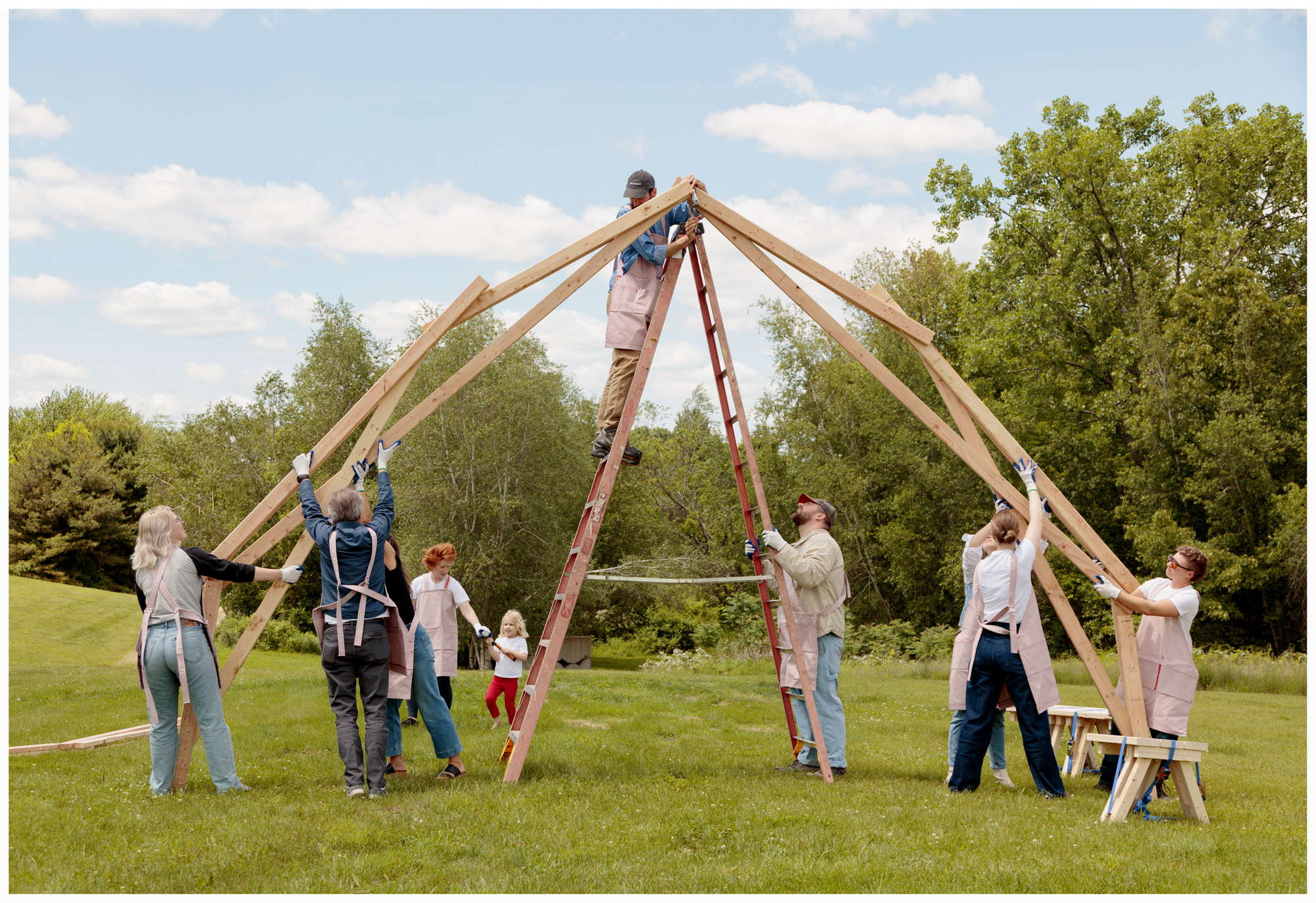 Architect Erin Besler is reframing the American tradition of barn raising
Architect Erin Besler is reframing the American tradition of barn raisingAt Art Omi sculpture and architecture park, NY, Besler turns barn raising into an inclusive project that challenges conventional notions of architecture
-
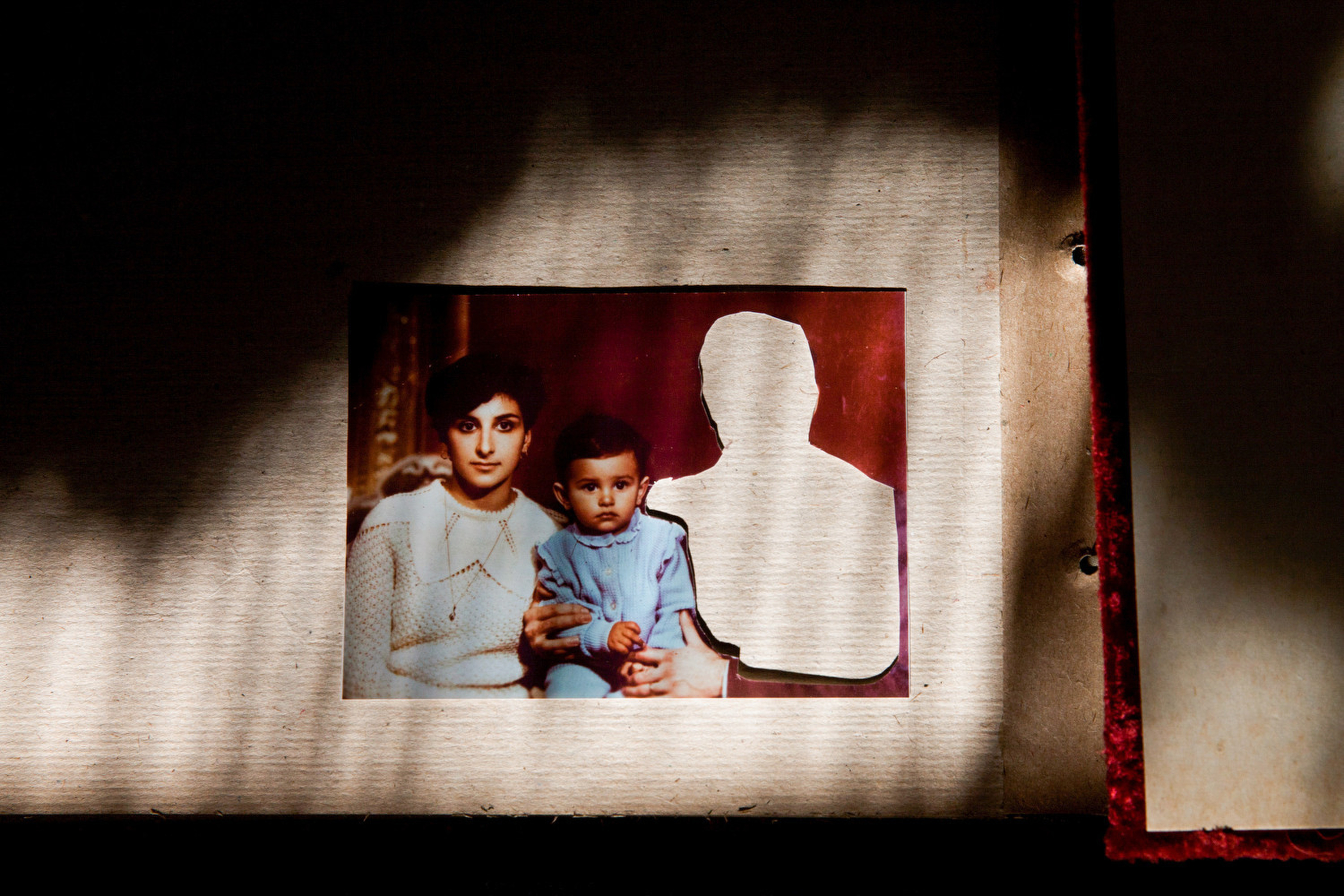 What to see at Rencontres d’Arles 2025, questioning power structures in the state and family
What to see at Rencontres d’Arles 2025, questioning power structures in the state and familySuppressed memories resurface in sharply considered photography at Rencontres d'Arles 2025. Here are some standout photographers to see
-
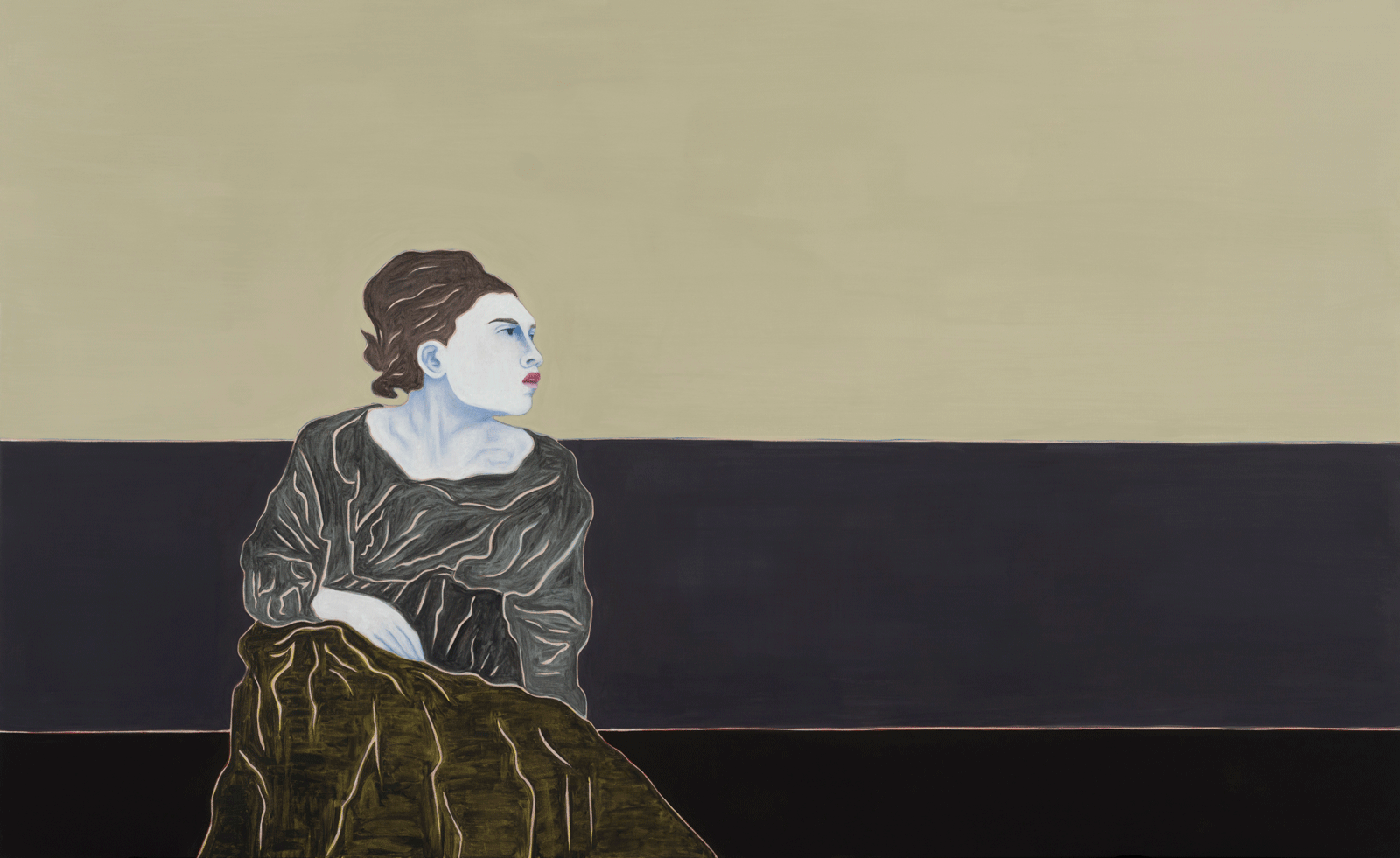 ‘With a small gesture of buying a postcard, we all become copyists’: the Louvre’s celebration of copying speaks to human nature
‘With a small gesture of buying a postcard, we all become copyists’: the Louvre’s celebration of copying speaks to human natureContemporary artists are invited to copy works from the Louvre in a celebration of the copyist’s art, a collaboration with Centre Pompidou-Metz
-
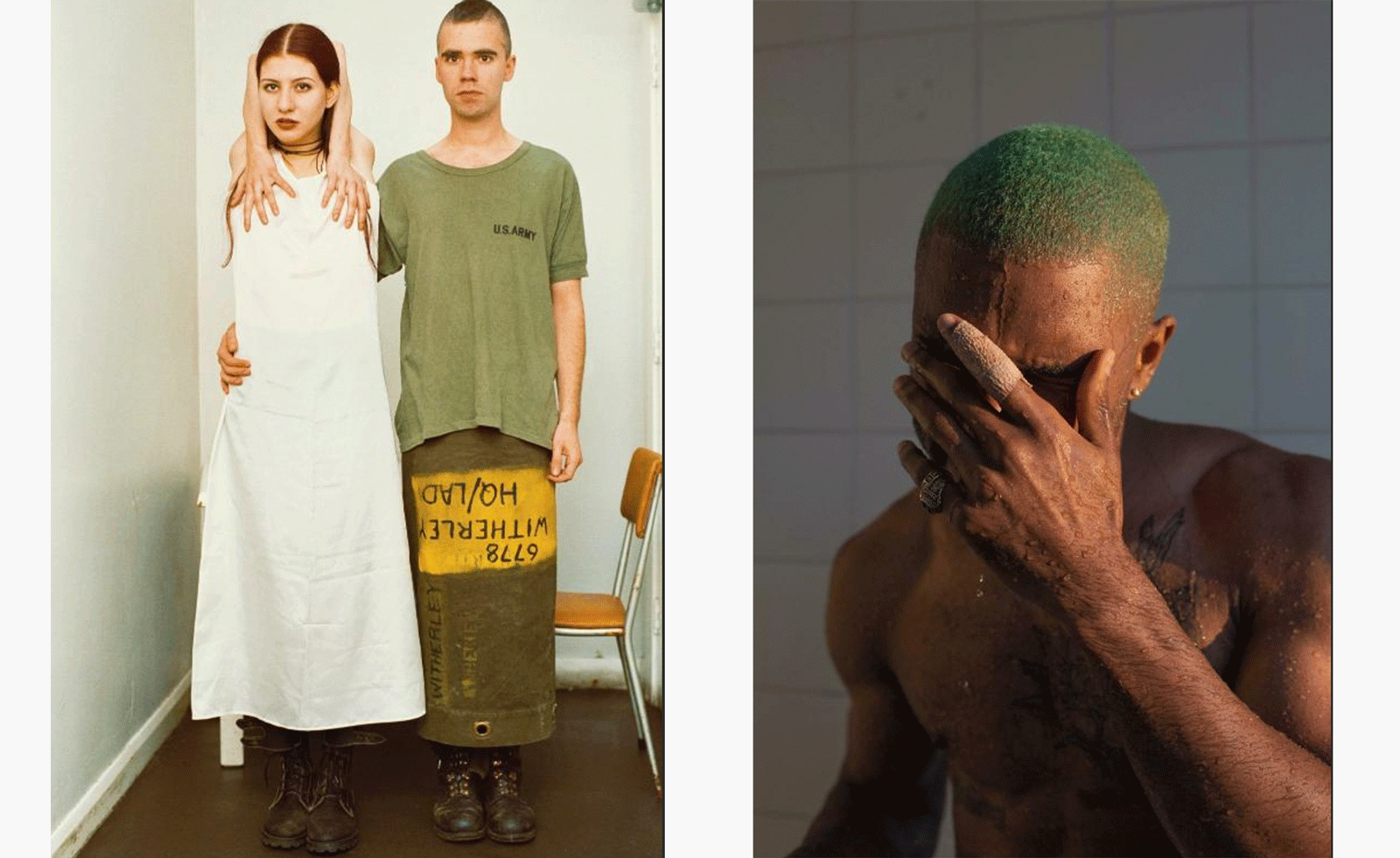 Wolfgang Tillmans brings a performative edge to bibliophilia at the Centre Pompidou’s library
Wolfgang Tillmans brings a performative edge to bibliophilia at the Centre Pompidou’s libraryAs the Centre Pompidou’s library is emptied ahead of the venue’s five-year restoration, the German photographer moves in for a final fling of a Paris exhibition
-
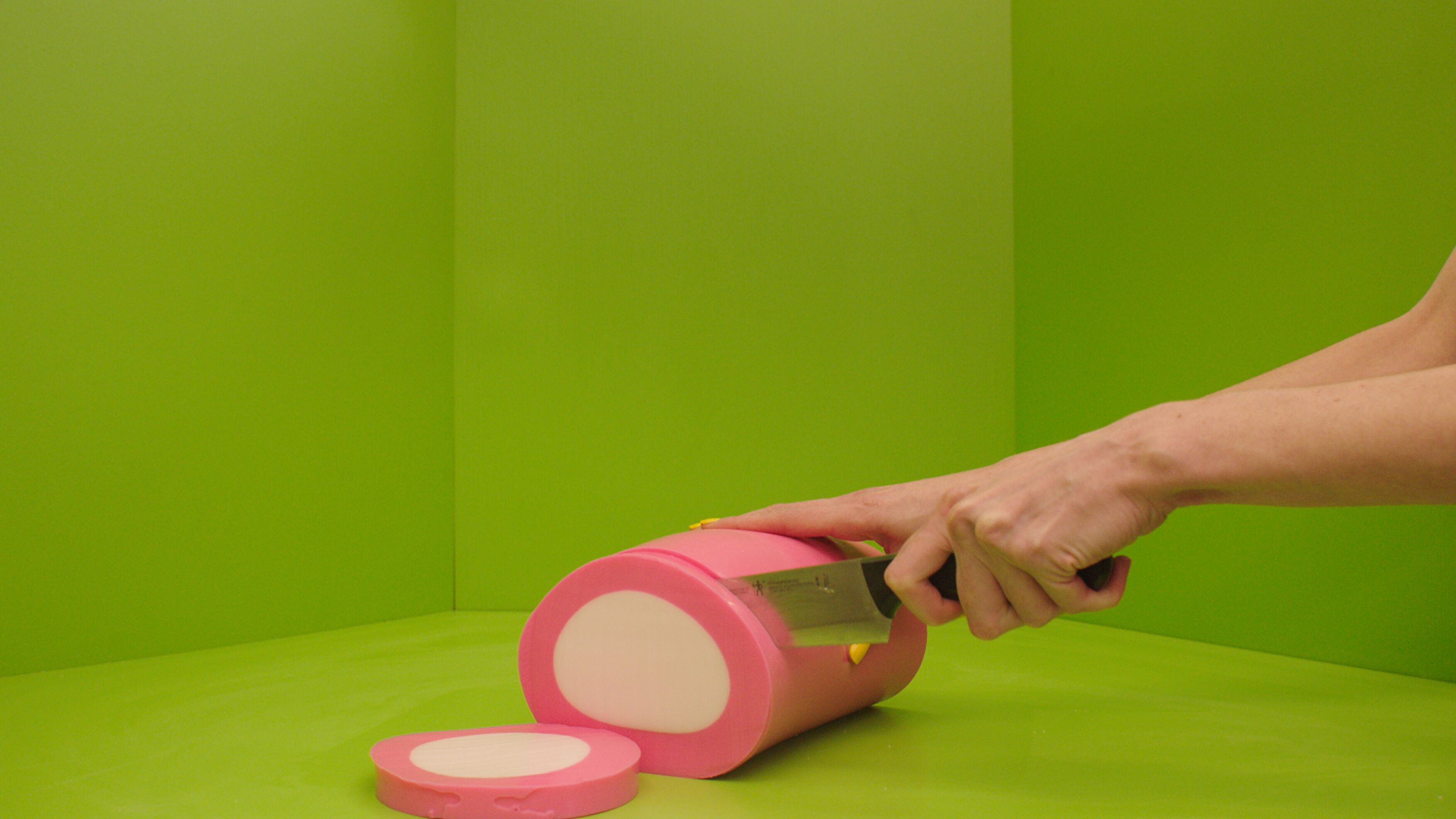 What is recycling good for, asks Mika Rottenberg at Hauser & Wirth Menorca
What is recycling good for, asks Mika Rottenberg at Hauser & Wirth MenorcaUS-based artist Mika Rottenberg rethinks the possibilities of rubbish in a colourful exhibition, spanning films, drawings and eerily anthropomorphic lamps